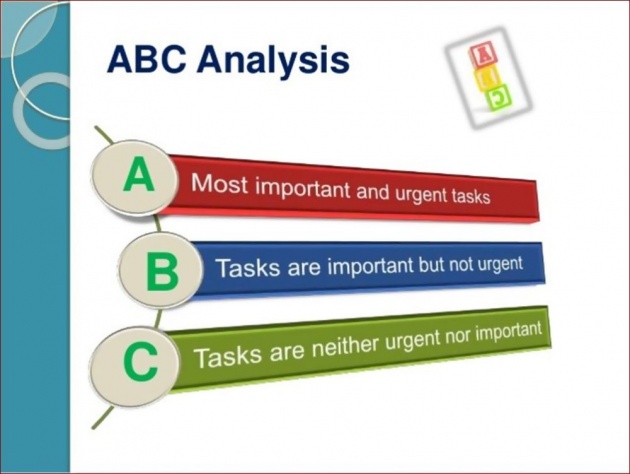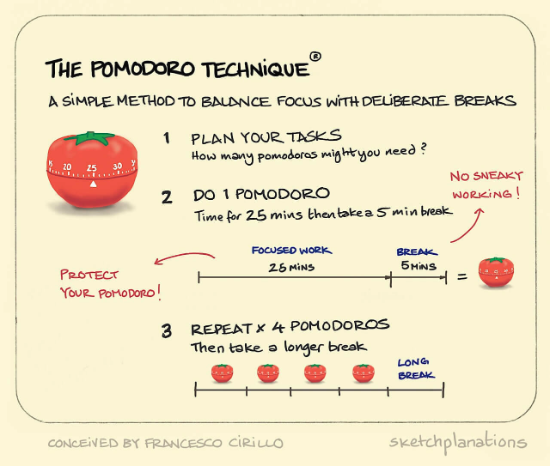
Breaking bias at the workplace

Including those living with down syndrome at the workplace
How to improve time management at the workplace
A sign of someone who has mastered time management is that they are proactive, not reactive. There have been quite a number of studies, books, software and tools both paid and free for time management yet it is one of the rarest skills to find.
“The average employee puts in an eight-hour day but is only productive for about three hours of it, while business owners waste 21.8 hours of their week.”
Inc.Africa
Like someone once said, you cannot expect to be a chef just because you bought top rated kitchen utensils and foodstuffs. You need to have learnt and practised over and over. Likewise, using a time management tool without having the right time management skills, you are likely to produce less than desired results.
4 Tips to improve time management at the workplace
1. Set employee and company goals
It will be difficult to judge employee productivity when goals are not in place. What do you intend to achieve in the next quarter? Is it 50% more brand awareness? 45% increase in lead generated? Extra 20 paying customers? Don’t just stop at “being better than the competition”, set milestones that you can use to judge progress; not only will it help you make productive decisions, it will staff know how best to get the goal achieved.
2. Encourage employees to set personal goals
Not just short term but also long term goals – weekly, monthly, daily: If you can, encourage employees to set their tasks for the month on the first day of the month, on the first day of every week set the tasks for the week, every day update and check out tasks, it makes them fill fulfilled and relaxed. It helps to clear the head and know how much you were able to achieve that day.
3. Prioritise tasks by impotance

Work is endless. Regardless of how successful your business has been, there’s always space to do more. When Jonas Salk mentioned that the reward for work well done is the opportunity to do more, he wasn’t intending for you to have a haphazard work schedule. While most of us dump our tasks onto a list without much thought to the weight of each item, The ABC theory developed by Alan Lakein is a way of prioritizing the items on your to-do list. If you would love to spice things up, you can use colours rather than letters, organize tasks into rocks, pebbles and sand while starting with tasks classified as rocks.
4. Encourage breaks/time offs

It’s possible to get carried away with work and forget to get up, take in some fresh air. As a result of this and some other factors, productivity specialist Francesco Cirillo conceived the Pomodoro technique. This technique encourages a 5min break after every 25min of work. Before this, it is advisable to set out your tasks according to their importance. All work and no play makes you less effective. Advice your employees to Relax. Revitalize. Strategize for the next task.
Conclusion
When it comes to time management, it is important to identify tasks specifically, estimate delivery time, rate tasks by priority, cross out tasks as you work and reevaluate your list. Regardless of your choice of approach, always set SMART goals.
Some other times, it may seem all the tasks are important and urgent. A good step is to put down all tasks if it takes less than 2 mins to do, do it right away. Always remember to plan, work, track, review, plan again. Check out our other article on employee productivity.
